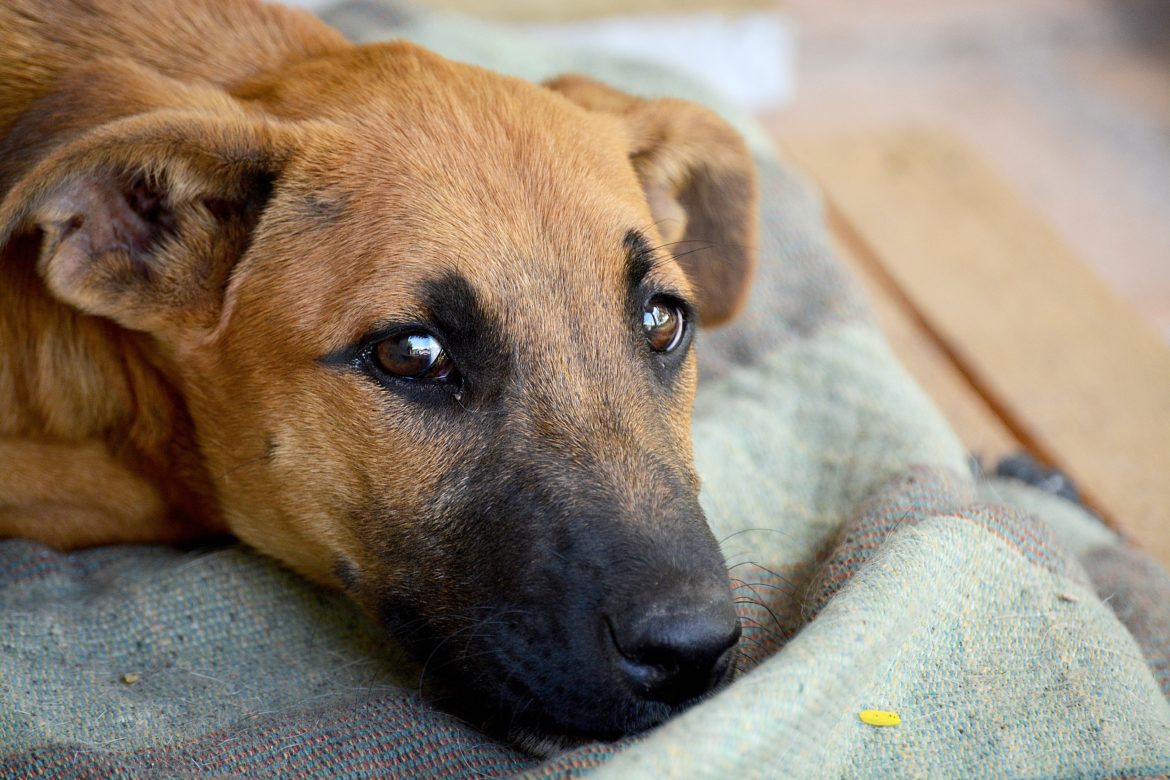One of the first things we do when we’re feeling under the weather is tell someone, either to inform them that we can’t perform regular activities, or to request their aid. When we see a doctor we tell them what symptoms we’re experiencing and we answer their questions to help them choose the best care plan. Because we can easily communicate with others how we feel and what we need, our ailments are generally quickly addressed and we’re on the mend in no time.
Animals, however, are not so fortunate. Our pets can’t tell us where it hurts. They can’t let us know they’re feeling sick. If we don’t witness the accident, we may not know that an injury is causing discomfort. That’s why it’s so important as a pet owner to familiarize yourself with your pet’s behavior and habits, and always keep an eye out for deviations.
Here are four types of changes you may see if your dog is experiencing pain or sickness.
Changes in basic activity/needs. Loss of appetite, difficulty eating, or drinking less water may be among the first red flags you notice. A dog that is in pain may also sleep more than usual – they are either trying to heal or fatigued from an underlying problem, or it is too difficult to go about regular activity. You should also watch for excessive self-grooming. Dogs lick their paws or wounds to soothe themselves and help healing, sometimes even when the injury is internal.
Changes in demeanor/behavior. Any dog that is usually friendly can become aggressive when feeling pain. Outgoing, happy dogs that are hurt or sick may exhibit antisocial behavior and hide away from owners. Increased vocalization, such as more yelping, snarling, or howling, is cause for concern. If your normally sweet pet is growling or snapping at you, or stops greeting you at the door, it could be a sign of a health problem.
Changes in movement. If your dog is normally active but has lost interest in playtime, it could be a sign that something is wrong. You may also notice limping, slowness, or reluctance/difficulty with usual maneuvers. Restlessness, like excessive pacing or lack of sleep, are also cause for concern.
Changes in body – appearance and function. Visible swelling in the body is an obvious sign that something isn’t right with your dog. Troubled breathing, like excessive panting and shallow breaths, are also clear indicators of a health problem when exercise is absent. Don’t dismiss shaking and trembling or oddly rigid postures; these could be warning signs of serious internal ailments.
Nobody knows your dog like you. As pet owners, we assume responsibility of knowing what is normal for our pets and what could be a sign of sickness or injury. If your dog exhibits a strange behavior or symptom, contact a veterinary professional. Never attempt to treat your pets with medications intended for humans. Your vet may prescribe common pain relievers, but certain types and doses can be toxic. While certain health conditions may be rare, it’s better to find out something is minor and not cause for concern than let a potentially deadly problem go untreated.


